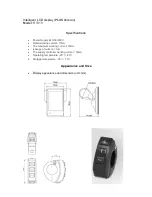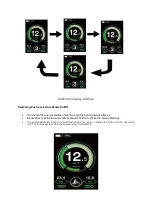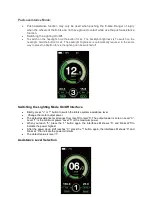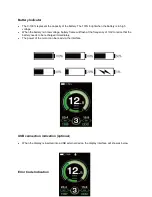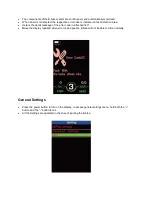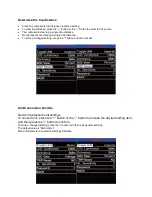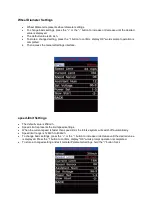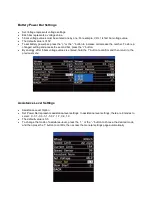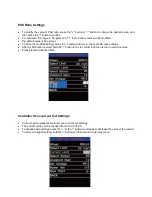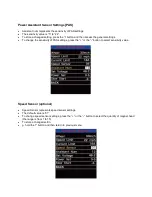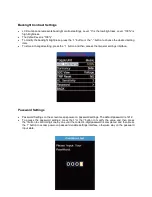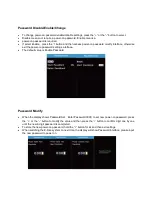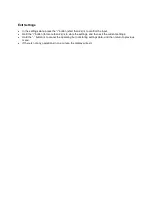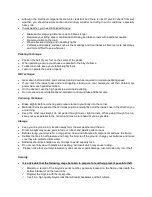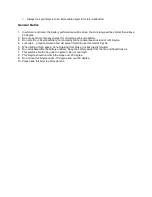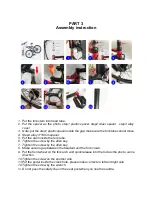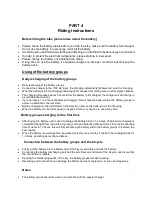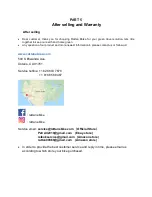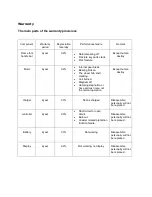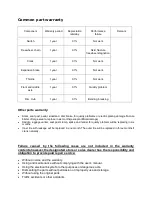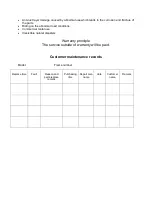
PART 2
RIDING POSITION
Seat Height
In order to obtain the most comfortable riding position and offer the best possible pedaling efficiency,
the seat height should be set correctly in relation to the rider’s led length.
The correct saddle height should not allow leg strain from over extension, and the hips should not rock
from side to side when pedaling.
While sitting on the bicycle with one pedal at its lowest point, place the ball of your foot on the pedal.
The correct saddle height will allow the knee to be slightly bent in this position; the leg should be almost
straight.
Handlebar Height
Maximum comfort is usually obtained when the handlebar height is equal to or slightly higher than the
height of the seat.
You may wish to try different heights to find the most comfortable position.
Safety Chick List
Before every ride, it is important to carry out the following safety checks:
1.
Brakes
Ensure front and rear brakes work properly.
Ensure brake shoe pads are not over worn and are correctly positioned in relation to the disc.
Ensure brake control cables are lubricated, correctly adjusted and display no obvious wear.
Ensure brake control levers are lubricated and tightly secured to the handle bar.
2.
Wheels and Tires
Ensure tires are inflated to within the recommended limit as displayed on the tire sidewall
Ensure tires have tread and have no bulges or excessive wear.
Ensure rims run true and have no obvious wobbles or kinks
Ensure all wheel spokes are tight and not broken.
Check that axle nuts are tight.If your bicycle is fitted with quick release axles, make sure locking are
correctly tensioned and in the closed position.
3.
Steering
Ensure handlebar and stem are correctly adjusted and tightened, and allow proper steering.
Ensure that handlebars are set correctly in relation to the forks and the direction of travel.

